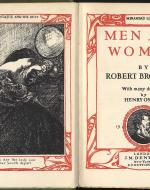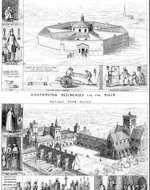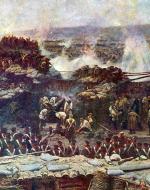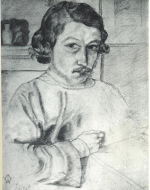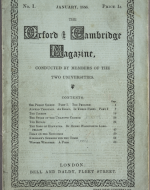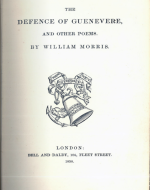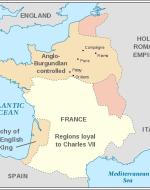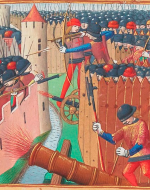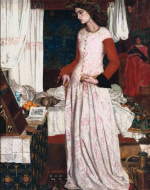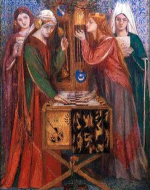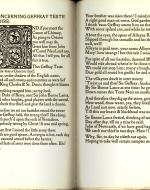William Morris (1834-96) was a multi-sided Victorian--a poet, designer, businessman, translator, fantasy writer, art theorist, and socialist leader. Born in Walthamstow, then a rural suburb east of London, the young Morris enjoyed riding horseback and wandering on the grounds of his family’s property. His father, a prosperous banker, died when he was ten, and his firm-minded and religious mother, moved her family to a slightly smaller house (Water House, now the William Morris Gallery) to raise Morris and his siblings--brothers Arthur, Thomas Rendall and Edgar and sisters Henrietta, Emma,…

